Berberis julianae Winterberry Barberry
Introduction
Wintergreen barberry is ideal for use as an almost impenetrable hedge or barrier planting, with its dense branching growth habit, spiny leaves up to three inches long, and the three-parted spines located along the stiff stems. Plants reach six to eight feet in height with a spread of three to four feet. One of the hardiest evergreen barberries, the leaves of wintergreen barberry may turn a lovely wine-red or purplish bronze in the winter and are joined by the persistent blue-black berries. Clusters of small, lemon-yellow blooms appear in late spring for a week or two and may occasionally have an unpleasant fragrance. Fairly erect but more rounded with age, wintergreen barberry also works well in mixed shrubbery borders or as a foundation planting. Group three together in a shrubbery border for a nice, contrasting textural effect. Barberry makes a good barrier or hedge plant since a person will attempt to walk through it only once.
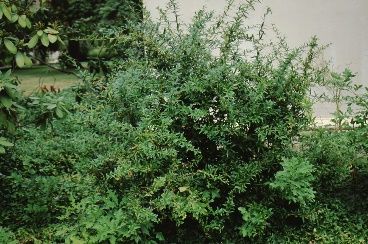
Credit: undefined
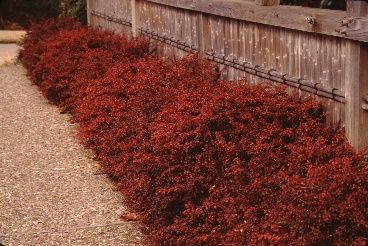
Credit: undefined
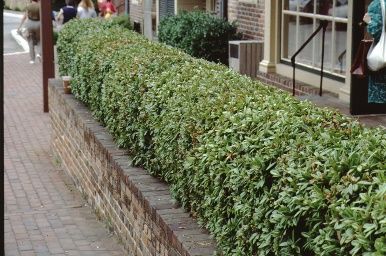
Credit: undefined
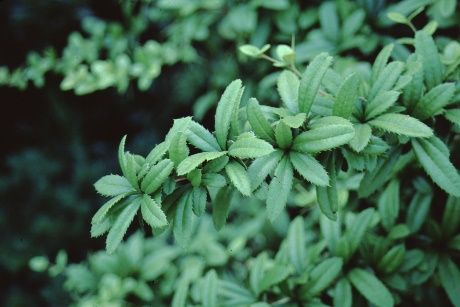
Credit: undefined
General Information
Scientific name: Berberis julianae
Pronunciation: BUR-bur-issjool-ee-AN-ee
Common name(s): wintergreen barberry
Family: Berberidaceae
Plant type: shrub
USDA hardiness zones: 6 through 9A (Figure 5)
Planting month for zone 7: year round
Planting month for zone 8: year round
Planting month for zone 9: year round
Origin: native to temperate Asia
Invasive potential: not considered a problem species at this time and may be recommended by UF/IFAS faculty (reassess in 10 years)
Uses: hedge; border; screen
Availability: somewhat available, may have to go out of the region to find the plant
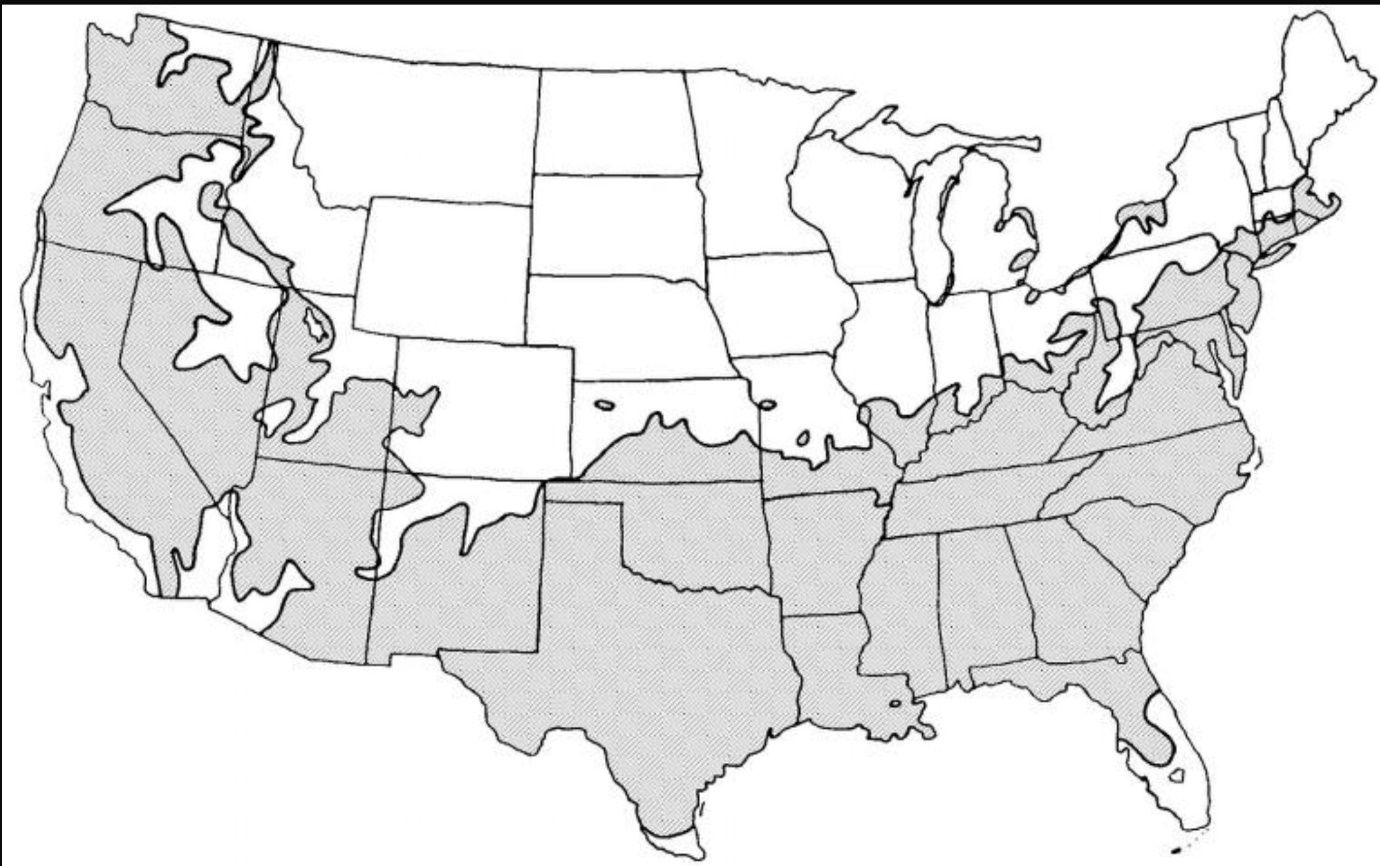
Credit: undefined
Description
Height: 4 to 6 feet
Spread: 2 to 5 feet
Plant habit: vase shape; round; upright
Plant density: dense
Growth rate: slow
Texture: medium
Foliage
Leaf arrangement: alternate
Leaf type: simple
Leaf margin: spiny
Leaf shape: lanceolate
Leaf venation: pinnate
Leaf type and persistence: fragrant
Leaf blade length: 2 to 4 inches
Leaf color: green
Fall color: red
Fall characteristic: showy
Flower
Flower color: white
Flower characteristic: spring flowering
Fruit
Fruit shape: oval
Fruit length: less than 1/2 inch
Fruit cover: fleshy
Fruit color: red
Fruit characteristic: persists on the plant; attracts birds
Trunk and Branches
Trunk/bark/branches: typically multi-trunked or clumping stems; thorns present
Current year stem/twig color: yellow
Current year stem/twig thickness: medium
Culture
Light requirement: plant grows in part shade/part sun
Soil tolerances: clay; sand; acidic; slightly alkaline; loam
Drought tolerance: moderate
Soil salt tolerances: unknown
Plant spacing: 36 to 60 inches
Other
Roots: usually not a problem
Winter interest: plant has winter interest due to unusual form, nice persistent fruits, showy winter trunk, or winter flowers
Outstanding plant: not particularly outstanding
Pest resistance: long-term health usually not affected by pests
Use and Management
Wintergreen barberry is fairly adaptable to a wide range of soil conditions but looks its best when grown on rich, somewhat moist soil in full sun or light shifting shade. Plants will require some pruning to maintain their best form. In time, the center of the plant becomes thick with dead and living stems massed together in a thicket. Remove the dead stems and thin the living stems to allow more light to reach the interior of the plant. Wear heavy gloves and a long-sleeved shirt when pruning barberry.
Cultivars include: 'Nana', three to four feet high, has very large spines and forms a solid mound of glossy dark green foliage which becomes wine-red in winter. Unfortunately, 'Nana' is difficult to find commercially. Berberis gagnepainii, black barberry, has flower and fruit similar to wintergreen barberry but is wider and has more pendulous branches.
Propagation is by semi-hardwood cuttings rooted under mist.
Pests and Diseases
No pests or diseases are of major concern.


